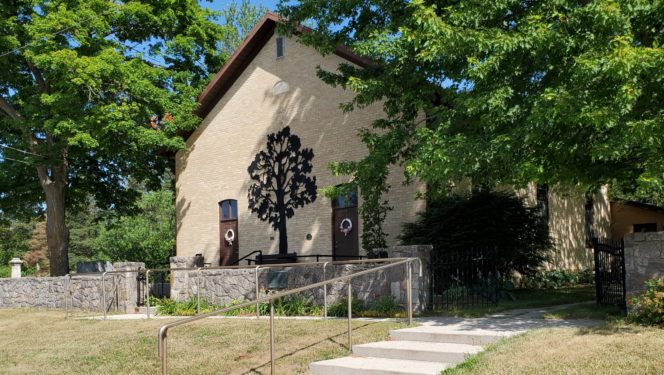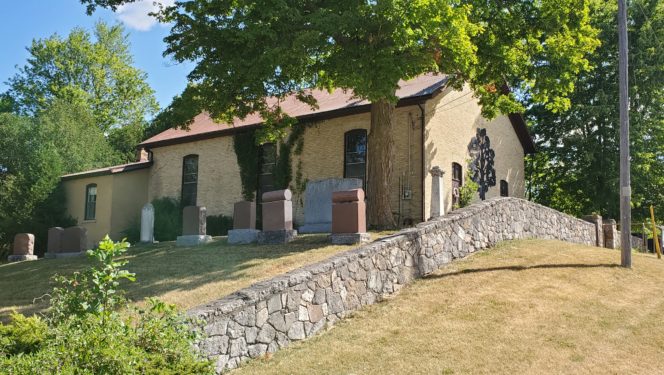Knox Presbyterian Church and Cemetery - Digital Archive
The Digital Archive and complementary Interactive Heritage Register Map are initiatives to provide historical information regarding properties included on the Township’s Heritage Register. The Digital Archive only includes properties which have consented to include their heritage property on this archive.
The lands we know today as the Township of Puslinch have been home to
Indigenous peoples since time immemorial. We acknowledge that we are on the
traditional territory of the Hatiwendaronk, as well as the treaty lands and traditional
territory of the Anishinaabe and Haudenosaunee.
With increasing encroachment by non-Indigenous settlers in the Township of Puslinch, the Anishinaabe and Haudenosaunee could not continue their traditional lifestyle and settled in their villages along the Credit River and in the Grand River Valley. These Indigenous nations uphold their Treaty Rights within our jurisdiction.
Today, the Township of Puslinch remains home to Indigenous peoples from across Turtle Island. We are grateful to have the opportunity to share and respect Mother Earth and are committed to building constructive and cooperative relationships with Indigenous nations.
Knox Presbyterian Church and Cemetery

Biographical Info
The Knox Presbyterian Church was built in 1882, on land originally belonging to Alexander Fraser. Previously, a frame church stood on the site from 1854 to 1882. A model of the 1854 frame church is in the collections of the Wellington County Museum. The current yellow brick schoolhouse-style church with front gable was contracted by Duncan McPherson and Scottish mason William McDonald. The Crieff Presbyterian Cemetery is on the same lot, opening in 1854, when the original frame church was built. Although starting to the east of Knox Church, today the Crieff Cemetery surrounds the building.
The property is historically associated with Scottish immigration, Gaelic language, and Colonel J.B. McLean. McLean’s father was Minister of the Church and brought over from Scotland because he could speak Gaelic. Gaelic services were held in the church until the early twentieth century.










